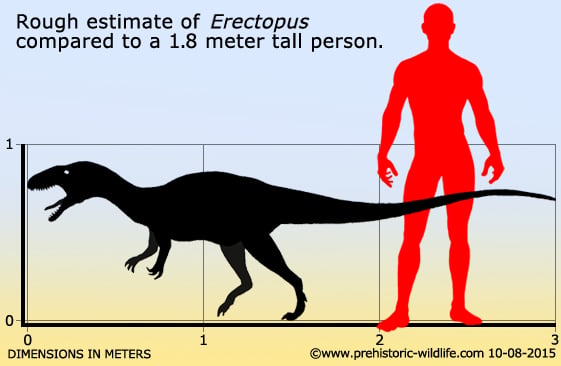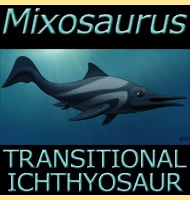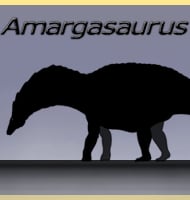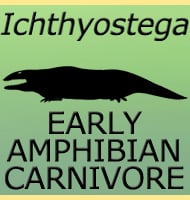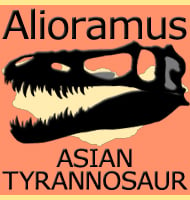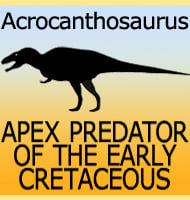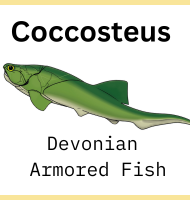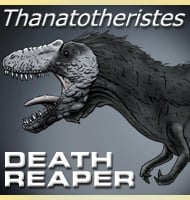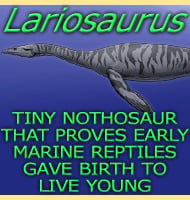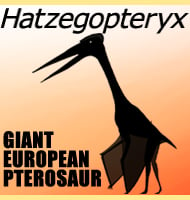In Depth
The taxonomic history of Erectopus is a little muddled, but to begin with Erectopus was named as a species of Megalosaurus, M. superbus. This was in 1882 when Henri-�mile Sauvage added fossil remains to a private collection owned by Louis Pierson that had first been described in 1875 by Charles Barrois. Then when the fossils were studied by Friedrich von Huene they were concluded to not represent a species of Megalosaurus. The result was that the fossils were named as Erectopus sauvagei, while others were ‘Gen. indeterm. superbus’.
After the death of Pierson his private fossil collection was broken up with the fossils going to many, and often unrecorded destinations. As a result the genus Erectopus fell into obscurity and feared lost. But then towards the end of the twentieth century the original partial maxilla was found to be with a fossil dealer in Paris, while casts of the original bones were found stored in the National Museum of Natural History, also in Paris. In 2005 Ronan Allain wrote a new study concerning Erectopus, which resulted in the type species name being established as Erectopus superbus in order to include all of the original fossil material, with the maxilla as lectotype.
As an actual dinosaur, Erectopus seems to have been similar to the genus Allosaurus, and so Erectopus is regarded as a carnosaur. The holotype of Erectopus however seems to have been towards the smaller end of the scale for a theropod dinosaur, and so was probably a predator of other small dinosaurs.
Further Reading
- Les reptiles du terrain Cr�tac� du nord-est du Bassin de Paris. - Bulletin scientifique, historique et litt�raire du Nord, 6: 1-11. - C. Barrois - 1875. - Notes sur les reptiles fossiles. - Bulletin de la Soci�t� G�ologique de France, 4: 435-442. - H. -�. Sauvage - 1876. - Recherches sur les reptiles trouv�s dans le Gault de l’est du bassin de Paris. - M�moires de la Soci�t� G�ologique de France, s�rie 3 2(4): 1-42. - H. -�. Sauvage - 1882. - Carnivorous Saurischia in Europe since the Triassic. - Bulletin of the Geological Society of America 34:449-458. - F. v. Huene - 1923. - The enigmatic theropod dinosaur Erectopus superbus (Sauvage, 1882) from the Lower Albian of Louppy-le-Ch�teau (Meuse, France), by Ronan Allain. In The Carnivorous Dinosaurs (Indiana University Press), K. carpenter eds. – 2005.
